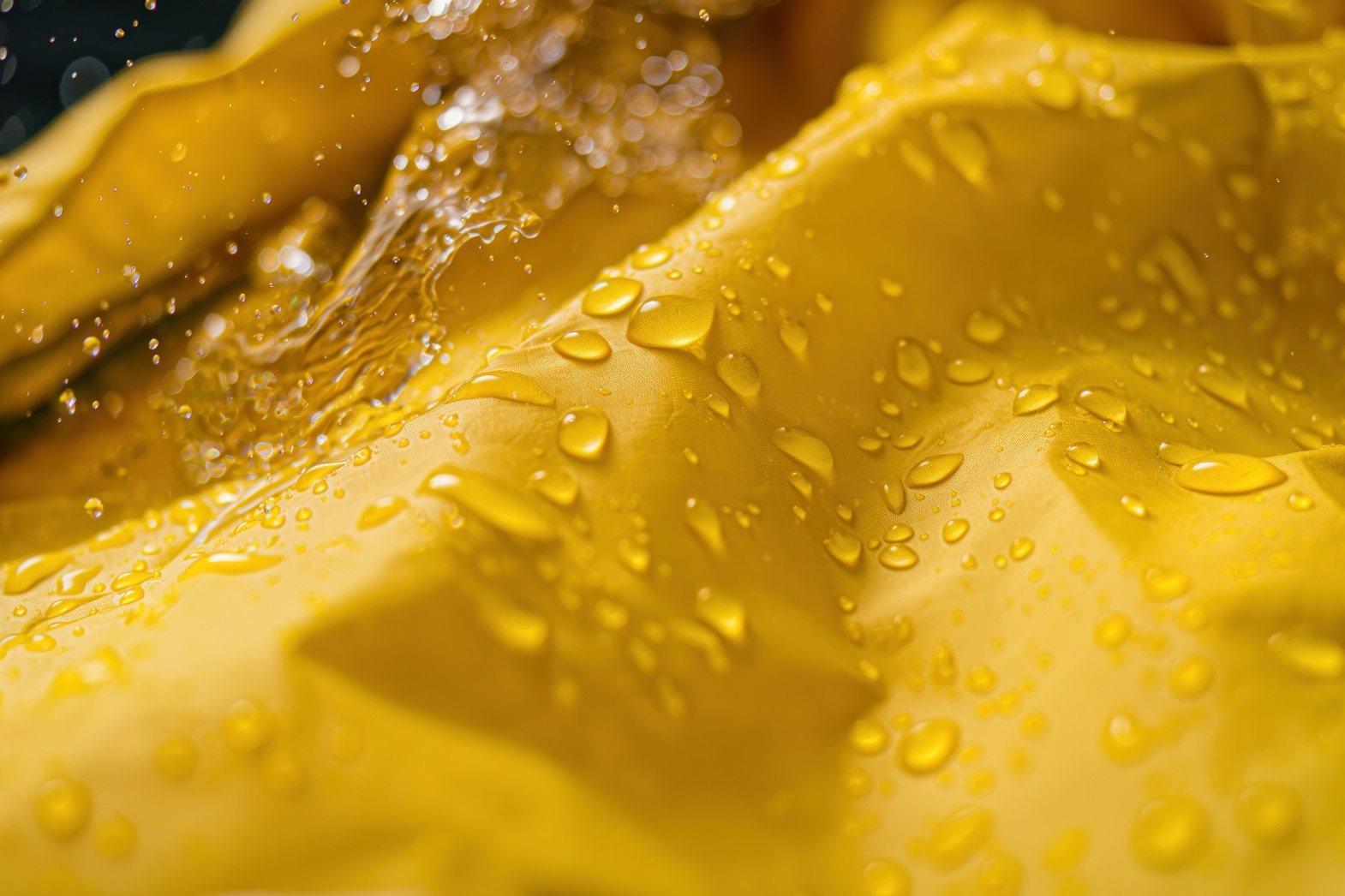Poly(vinyl chloride) fibers used for textiles are manufactured from acetylene and hydrogen chloride, which are dissolved in mixtures of carbon disulfide and acetone for the dry-spinning of normal vinyl chloride (PVC) homopolymer. These fibers can also be copolymers of vinyl chloride with vinyledine chloride, vinyl cyanide, or vinyl acetate.
The resulting fiber is stretched to varying degrees as it exits the spinning jet, resulting in different types of filaments. Chlorofibers have low water absorption, a low softening temperature with considerable shrinkage at around 70�C, and poor dyeability at moderate temperatures. They find applications in various products such as filter cloths (due to their resistance to water), flying suits (benefiting from their non-flammable property), curtains (thanks to their resistance to light degradation), and fishing nets (due to their water resistance). These fibers typically have a regular round, dogbone, or dumbbell-shaped cross-section and possess a transparent, even, and smooth appearance. They are also known for their high luster and silky texture.
Properties/Characteristics of Chlorofibre:
Like polyester, Chlorofibre is a synthetic polymer that is spun and turns into yarns and weaved to become fabric. Chlorofibre is a soft, dry and comfortable fabric. Chlorofibre fabrics are non-absorbent which is why it is easy to keep dry. Its construction gives the fabric a wicking effect, channeling perspiration from the skin and expelled through the fabric. This helps to keep the skin dry and increase level of comfort. he fabric is soft and has an excellent isothermic property, keeping away cold air and acting as an insulator keeping away cold air and acting as an insulator. It also has the highest thermal efficiency of any fibre (natural or manmade) and, being totally non-absorbent, is easy to launder and does not retain dour. To make garments even more comfortable, it is recommended brushing the inner surface of the fabric to give a warm furry finish and use flat-locked seams to ensure comfort when carrying a ruck sack, golf clubs or fishing bag. Chlorofibre is likely to be PVC of low degree of polymerization, which accounts for its softness without the need for plasticizer. Like most synthetic polymers, it is likely to be protected against oxidative degradation with antioxidant. Another redeeming quality for Chlorofibre is that the fabric is surprisingly soft and comfortable. As a good insulator, it has the property of keeping out the cold, which has traditionally relied on air (and perspiration) trapped in the air pockets of wool and other thick fabrics.
Applications of Chloro Fiber:
Hosiery
Technique and comfort are the key words for Chlorofibre used in hosiery. These characteristics blend happily with other fibres to respond most accurately to the requirements of the end-users.
Casual Outerwear
Chlorofibre casual outerwear line gives the ability to really take pleasure in looking casual while also giving human body the added health benefits, like, the rapid moisture permeability and added warmth that these garments have to offer and feel protected all day long.
Kids wear
Chlorofibre provides the excellent range of kids garments to assist their bodies to breathe easier and fight those seasonal allergy attacks by surrounding them with a healthy an ionic atmosphere.
Undergarments
Warmth, softness and comfort are among the qualities that make Chlorofibre such an essential part of the world of underclothes. Chlorofibre undergarments deliver premium health benefits protecting against harsh environments every day. They are light weight and breathable to keep person dry and comfortable in the areas where they need it the most.
Sportswear
Comfort and performance are among the qualities that make Chlorofibre so essential to the sports world. It offers a range of products that meet the requirements of sportsmen for technical clothes that are comfortable, warm and breathable.
Socks
Socks made out of this fibre are the perfect socks for active wear, business wear, or even stay-at-home-wear. The negative ion technology repels moisture, protecting against infection, foot odour, and forming bacteria.
Advantages of Chlorofibre:
- Thermal insulation
- Wicking of moisture
- Flame retardancy
- Resistance to mildew and fungi
- Resistance to acids, bases, reducing and oxidizing agent
Health Benefits Chlorofibre:
- Purify the blood, regulate its PH balance, and stimulate circulation
- Rejuvenate cells, stimulate cell metabolism
- Strengthen the immune system
- Regulate autonomic nerves
This article was originally published in Textile learner blog run by Mazharul Islam Kiron.

20240830145908.gif)







Comments